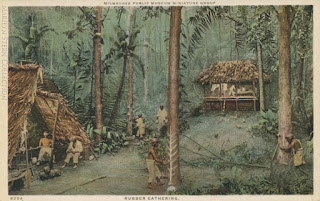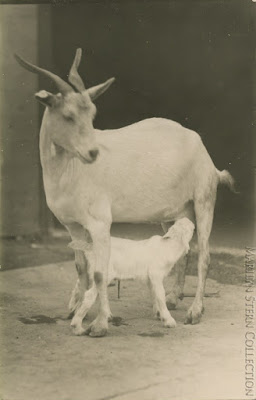Here are some tentative page layouts for my upcoming book Postcards From Molly Bloom.
As a postcard collector for over 40 years, I’ve collected many topics. But perhaps the most fun was finding and assembling postcards that illustrate the famous ending of Molly Bloom’s interior monologue from Ulysses, published in book form in 1922. So specific are some of these images — like a sleepy mule in Gibraltar or a night boat leaving the quay at Algeciras, or a multitude of women sporting a white or red rose in their hair — that I came to suspect postcards were the inspiration for some of Joyce’s passages. After all, he and his wife Nora, the inspiration for Molly, lived in exile when he was writing Ulysses 1914-1921, and both were prolific correspondents. It was the golden age of postcards, and certainly James and Nora must have written and received many, I surmised.
In fact, I’ve since learned that James Joyce sent at least 887 postcards in his lifetime. These are all catalogued and most are accessible in archives in the US and Ireland and elsewhere.
Postcards from Molly Bloom -- my collection and hopefully soon to be a book -- are not Joyce’s actual postcards, but rather cards from the early 20th century that pictorially mirror the stream of thoughts of Molly Bloom that end Ulysses: Molly’s rambling and randy musings as she tries to fall asleep, recalling her childhood in Gibraltar where she was a “flower of the mountain,” and the day Leopold Bloom proposed, with Molly’s cascade of yeses.
Ulysses is considered one of the densest and least accessible books of modern times (second perhaps only to Joyce’s Finnegan’s Wake). But Molly Bloom’s final passages are a delightful and easy read, all the more so when illustrated with postcards!


























































